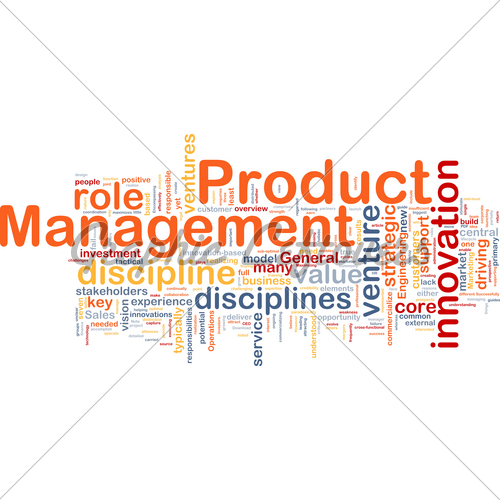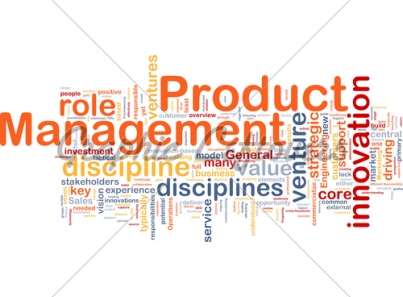About 6 months back, I saw a print advertisement from a well-known job portal (I will call it SiteZ): “Free webinar and live chat with well-known Mr. X”. When I visited their site, they helpfully informed me that I need to be a registered user of their site (which meant I had to be someone looking for a job, which I was not), but it would take only 30 seconds to register. I didn’t mind giving 30 sec and a few bits of personal information to attend this webinar so I proceeded with registration. It took me about 2-3 minutes before I realized that this is going to take quite some time – they wanted all kinds of details about my profile, what kind of job I was looking for, what I had been doing so far in my career, etc.; simply uploading my resume didn’t SiteZ. So I abandoned my effort and tried to find a way of deleting this account I had just created. I couldn’t find it, so I just navigated away from the site and made a mental note not to use SiteZ again since they misled me with their advertisement and were not helpful when I changed my mind about creating an account.
Little did I know that it was not the end of my experience with SiteZ. A few weeks later, I started receiving email ads/spams about properties and other stuff. Spams are nothing new, so I kept ignoring them, till a few months back when I cursorily went down the mail and saw that it (helpfully!) mentioned that I was getting this mail because I registered on SiteZ. It also offered an unsubscribe link, so I was happy. I clicked on it and was informed that I have been unsubscribed. However, that didn’t change anything; mails kept coming. I tried unsubscribing couple more times, with no result. I tried to write to the email address mentioned on their site, the mail bounced. I again searched their website for any link to delete the account, but couldn’t find any. Finally I found that even though the mail sender text says some developer’s name, it actually is sent from a @sitez.com account. So I could block this address, and have some peace of mind.
To be clear, this is not some no-name company, this is one of the top 4-5 job portals in the country. So you would expect them to think more holistically about their product offering and put more efforts in avoiding frustrations for their users, not to talk of delighting them.
In case of SiteZ, incremental tasks/thoughts like below might have gone behind the experience they finally offered to me:
- Product Management – We want to be like #1 job portal site, so we will build all the usual features.
- Engineering – Let’s not give a delete account button, it is too hard and can be depriortized since these users are anyway leaving the site.
- Marketing – Great idea about not giving delete button, this way our metric of # of accounts keeps going up and we can keep using their data (or get them to call us and we can upsell them)
- Sales/Marketing – Let’s make sure we enroll all our users into our promotions email list, and also make sure they don’t notice it when they are registering.
- Sales/Marketing – We need more users, so let’s run some promotions like free webinars. We will use it to get the user into registering for the site.
- Engineering – It is too hard to build a 30-second registration page, so let’s drop the user into the regular registration flow which takes 10 minutes.
- Sales – Let’s make some money with all this personal data that we collect by selling email campaigns to 3rd-party.
- Engineering – It is too hard to implement unsubscribe, can be deprioritized since these users are anyway leaving the campaign.
- Sales – Great idea engineers. This way, our mailing lists will always have lots of subscribers.
Why am I writing this?
First, it left a very bitter experience in my mouth and now I am very skeptical of any site that asks me to register; I have started reading terms and conditions of the sites that ask me to register, which is a painful process!
Second, and more importantly, I want to make the point about considering end to end experience (including support) as the product, rather than just the core feature set you want to offer to the customer. In this case, my experience with SiteZ was what made me to abandon them, not necessarily the core feature I was looking for (webinar, which I could never reach!). To be clear, SiteZ is not an isolated case, there are a large number of products out there which suffer from this problem of focusing just on the product and not on the experience (see ‘experience is the product‘). Product Managers need to exert more control (and influence) over the overall experience and not just focus on core product, otherwise they will be leaving a lot on the table. Maybe the way is to start from experience when building/changing the product, and embrace ‘experience is the product’.
What is your take on product vs. experience question?




